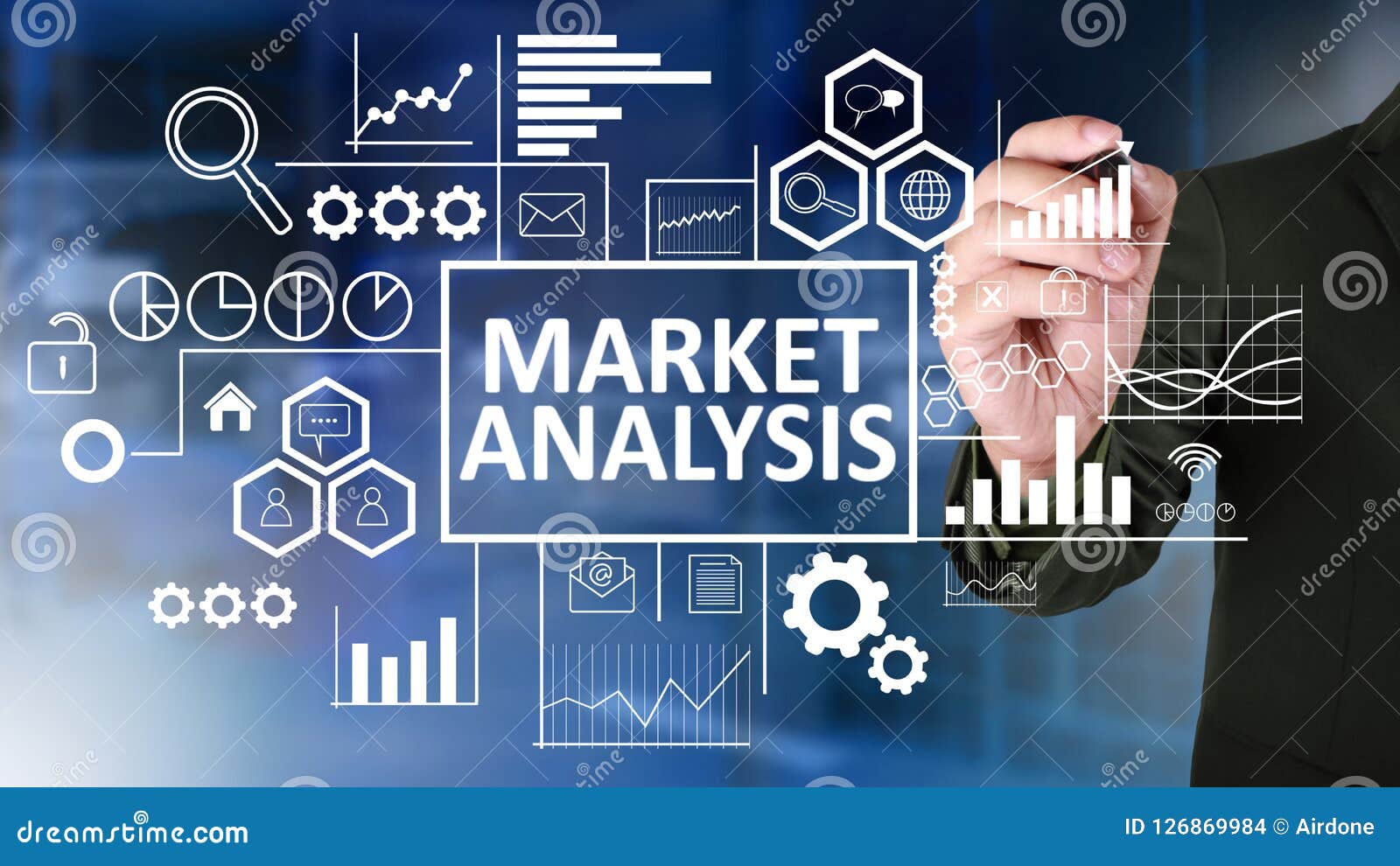The modern business landscape is characterized by an unprecedented level of competition and shifting consumer behaviors. Understanding these dynamics is no longer a luxury – it’s a necessity for survival and sustained growth. A robust market analysis is the cornerstone of informed decision-making, allowing businesses to identify opportunities, mitigate risks, and ultimately, achieve their strategic objectives. This article will delve into the intricacies of market analysis, exploring its key components, methodologies, and practical applications across various industries. Market analysis is more than just data collection; it’s a dynamic process of interpretation, prediction, and strategic planning. It’s about understanding the ‘why’ behind the ‘what’ – the underlying forces shaping a market’s trajectory. Without a thorough understanding of the market, businesses risk operating in a vacuum, missing crucial opportunities and failing to adapt to evolving customer needs. This deep dive will equip you with the knowledge to conduct effective market analysis and leverage its insights for success.

Defining Market Analysis

At its core, market analysis is the systematic process of evaluating a market to determine its size, trends, and potential. It’s a multifaceted endeavor that goes far beyond simple sales figures. A comprehensive market analysis considers a wide range of factors, including demographics, psychographics, competitive landscape, technological advancements, and economic conditions. The goal is to paint a clear picture of the market’s potential – its strengths, weaknesses, opportunities, and threats. Different types of market analysis exist, each tailored to specific objectives. Understanding these different approaches is crucial for selecting the most appropriate methodology for a given situation. A poorly executed market analysis can lead to wasted resources and missed opportunities. Effective market analysis is an investment, yielding significant returns in the long run.

Key Components of a Market Analysis
A successful market analysis typically incorporates several key components. Firstly, market size and growth are fundamental. This involves quantifying the total revenue generated within a defined geographic area and forecasting future growth rates. Tools like market research reports, industry publications, and government statistics are invaluable resources for gathering this data. Secondly, customer segmentation is critical. Identifying distinct groups of customers with similar needs and behaviors allows businesses to tailor their products and services accordingly. This often involves using techniques like demographic analysis, psychographic profiling, and behavioral data. Thirdly, competitive analysis is essential. Understanding the strengths and weaknesses of competitors – their market share, pricing strategies, product offerings, and marketing tactics – provides valuable insights into the competitive landscape. Finally, industry trends are vital. Analyzing emerging technologies, regulatory changes, and shifts in consumer preferences helps businesses anticipate future challenges and opportunities.

Conducting Market Research – Methods and Techniques
Numerous methods are employed to gather data for market analysis. Primary research involves collecting original data directly from the source, such as surveys, interviews, and focus groups. These methods offer rich, qualitative insights but can be time-consuming and expensive. Secondary research utilizes existing data sources, such as government reports, industry publications, and academic studies. This is generally more cost-effective and faster than primary research. Statistical analysis is a crucial tool for interpreting data and identifying trends. Regression analysis, for example, can be used to determine the relationship between different variables. SWOT analysis – Strengths, Weaknesses, Opportunities, and Threats – is a widely used framework for summarizing the internal and external factors impacting a market. Porter’s Five Forces provides a framework for analyzing the competitive forces within an industry. Furthermore, social media listening and sentiment analysis are increasingly important tools for gauging consumer perceptions and brand awareness. The choice of method depends heavily on the specific research question and available resources.

Analyzing Market Trends – Identifying Patterns
Understanding market trends is paramount for informed decision-making. Several key trends are currently shaping the market landscape. Digital transformation is accelerating, with businesses increasingly relying on online channels for marketing, sales, and customer service. Sustainability and ethical sourcing are becoming increasingly important to consumers, driving demand for environmentally friendly products and practices. Personalization is gaining traction, with businesses tailoring their offerings to individual customer preferences. The rise of e-commerce continues to reshape traditional retail models. Changing demographics – such as an aging population or increased urbanization – are influencing consumer behavior. Supply chain disruptions – driven by geopolitical events and climate change – are creating volatility and requiring businesses to diversify their sourcing strategies. Analyzing these trends allows businesses to proactively adapt to changing conditions and capitalize on emerging opportunities.

The Role of Data Analytics in Market Analysis
Data analytics plays a pivotal role in modern market analysis. Sophisticated tools like descriptive analytics – summarizing historical data – are essential for understanding past performance. Diagnostic analytics – identifying the root causes of trends – allows businesses to understand why things are happening. Predictive analytics – forecasting future trends – enables businesses to anticipate challenges and opportunities. Machine learning is increasingly being used to automate data analysis and identify patterns that might be missed by traditional methods. Business intelligence (BI) tools provide a centralized platform for collecting, analyzing, and visualizing data. Effective data analytics requires a skilled data analyst or team, as well as access to reliable data sources. The ability to translate raw data into actionable insights is the key to successful market analysis.

Segmentation Strategies – Tailoring to Customer Needs
Effective market segmentation is a cornerstone of successful market analysis. It involves dividing a broad market into smaller, more homogeneous groups based on shared characteristics. Demographic segmentation – based on age, gender, income, education, and occupation – is a common starting point. Psychographic segmentation – based on lifestyle, values, attitudes, and personality – provides a deeper understanding of customer motivations. Behavioral segmentation – based on purchase history, usage patterns, and brand loyalty – identifies customers who are most likely to respond to specific marketing efforts. Geographic segmentation – based on location, climate, and population density – is particularly relevant for businesses with a local market. Needs-based segmentation – focusing on specific customer needs and pain points – is often the most effective approach. A well-defined segmentation strategy ensures that marketing efforts are targeted and relevant, maximizing return on investment.

Competitive Analysis – Understanding the Landscape
A thorough competitive analysis is critical for assessing market opportunities and identifying threats. It involves identifying key competitors, analyzing their strengths and weaknesses, and understanding their market positioning. Competitive benchmarking – comparing performance against industry standards – provides valuable insights into areas where a business can improve. Porter’s Five Forces – as mentioned earlier – provides a framework for analyzing the competitive intensity within an industry. SWOT analysis – again – is a useful tool for evaluating a company’s internal and external factors. Market share analysis – determining a company’s position relative to its competitors – is essential for understanding market dynamics. Customer surveys and feedback – gathering direct insights from customers about their perceptions of competitors – can be invaluable. Regularly updating the competitive landscape analysis ensures that businesses remain informed and adaptable.

The Importance of Qualitative Research
While quantitative data is essential, qualitative research – such as interviews, focus groups, and ethnographic studies – provides valuable context and insights that complement quantitative data. These methods allow businesses to understand why customers behave the way they do, uncovering deeper motivations and unmet needs. Customer interviews – directly engaging with customers to gather their perspectives – are incredibly valuable. Focus groups – facilitating discussions with small groups of customers – can reveal shared opinions and insights. Ethnographic studies – observing customers in their natural environment – provides a rich understanding of their behavior. Qualitative research helps businesses develop more targeted and effective marketing strategies.

Tools and Technologies for Market Analysis
A variety of tools and technologies are available to support market analysis. Spreadsheet software (like Excel or Google Sheets) is essential for data manipulation and analysis. Statistical software (like SPSS or R) is used for more advanced statistical analysis. Business intelligence (BI) platforms (like Tableau or Power BI) provide interactive dashboards and visualizations. Market research platforms (like SurveyMonkey or Qualtrics) facilitate the collection and analysis of customer feedback. Social media monitoring tools (like Hootsuite or Brandwatch) track brand mentions and sentiment. CRM systems (like Salesforce or HubSpot) manage customer data and track sales performance. Choosing the right tools depends on the specific needs of the analysis.
Future Trends in Market Analysis
The field of market analysis is constantly evolving. Several key trends are shaping the future of this discipline. Big data analytics – leveraging large datasets to identify patterns and insights – is becoming increasingly prevalent. Artificial intelligence (AI) and machine learning – automating data analysis and providing predictive insights – are transforming the way market analysis is conducted. Mobile-first marketing – tailoring marketing efforts to mobile devices – is driving demand for mobile-optimized market analysis tools. Personalized marketing – delivering customized offers and experiences to individual customers – is becoming increasingly important. Sustainability and ESG (Environmental, Social, and Governance) factors – increasingly influencing consumer decisions – are shaping the market landscape. The metaverse and Web3 – presenting new opportunities and challenges for market analysis – are emerging as significant trends.
Conclusion
Market analysis is a critical component of any successful business strategy. It’s not a one-time activity but an ongoing process of understanding the market, identifying opportunities, and mitigating risks. By employing a combination of quantitative and qualitative methods, leveraging data analytics, and staying abreast of emerging trends, businesses can gain a competitive advantage and achieve sustainable growth. Investing in robust market analysis capabilities is an investment in the future. The ability to anticipate changes, understand customer needs, and adapt to evolving market dynamics is increasingly vital for survival and success in today’s dynamic business environment. Ultimately, a deep and informed understanding of the market is the key to unlocking opportunities and achieving long-term prosperity.